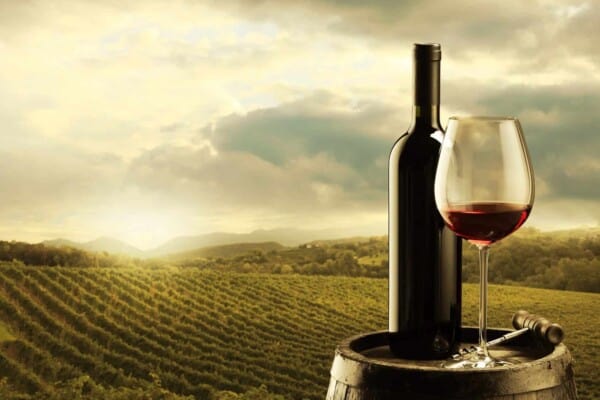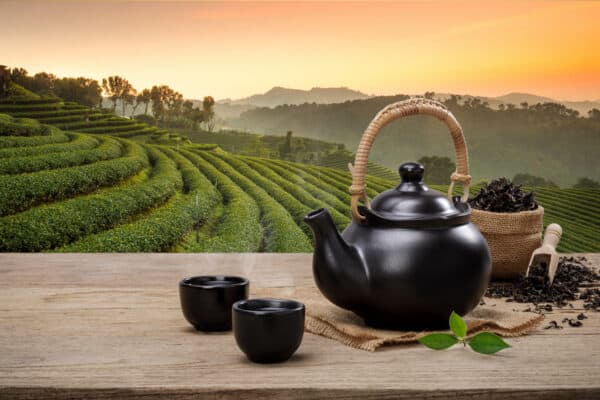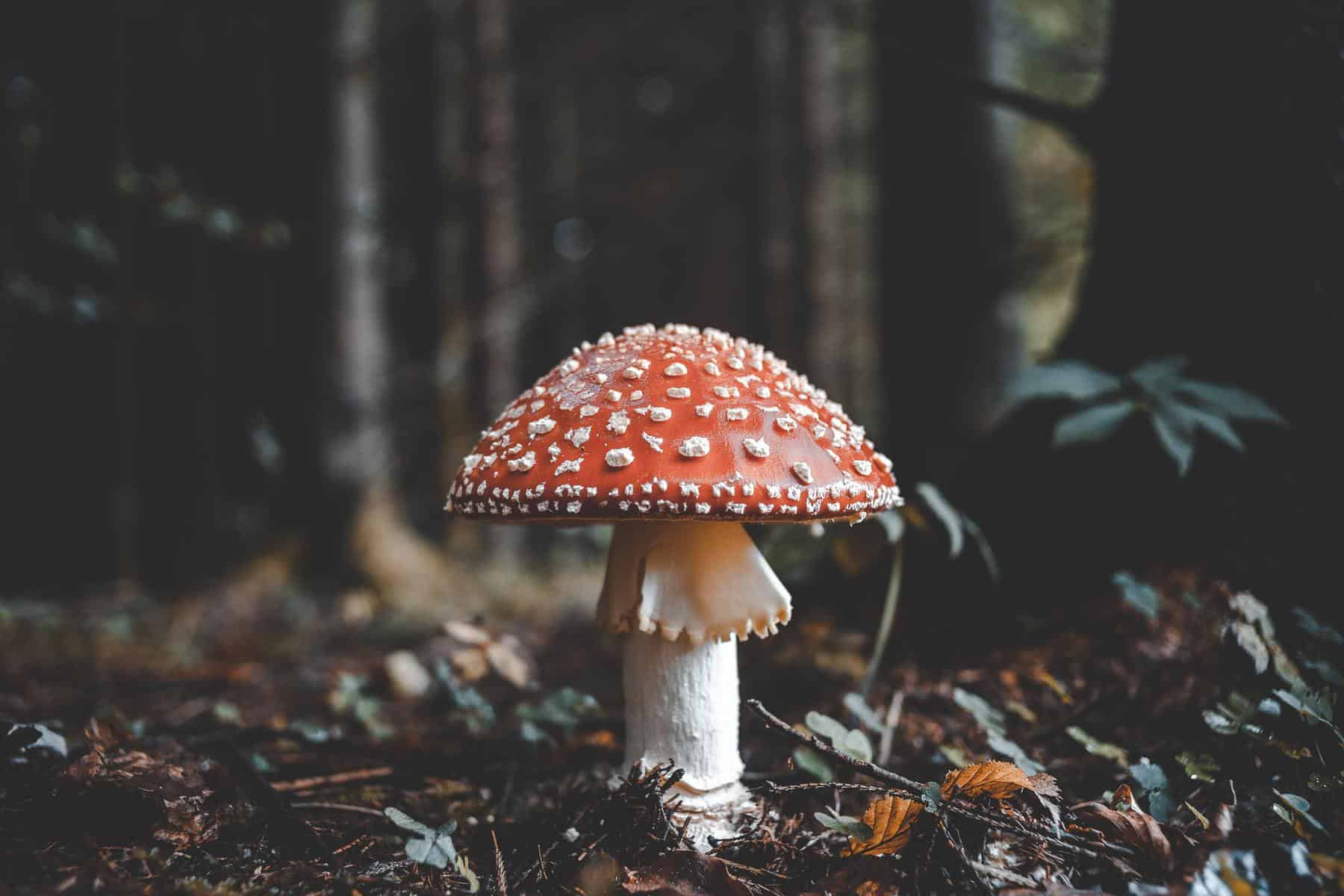
For the foodies out there that enjoy gourmet cooking, mushrooms are a must in your repertoire. They are a versatile ingredient that can be found anywhere in the world, and they can be super cheap, or ridiculously expensive, as you will see shortly. We made a list of the most expensive mushrooms in the world and everything related to this haute cuisine ingredient. You will learn how they are grown, why they are so expensive, how to choose the best mushrooms, and the health benefits associated with this ‘vegetable’.
Just to be clear, mushrooms are edible fungi, but they are often categorized as vegetables, because, to be honest, the term fungi doesn’t sound appetizing at all. If you’re a picky eater who has never stepped outside their comfort zone, this word will surely not encourage you at all.
But if you’re not five and are looking to broaden your culinary habits, you must add mushrooms to your diet. Whether you’re vegetarian, vegan, meat lover, whatever food intolerance you might or might not have, mushrooms are one of those ingredients that will work for everyone. I was surprised to learn that allergies or intolerances to mushrooms are very rare, so unless you have a known allergy to mold, go ahead and give them a try.
How are mushrooms grown
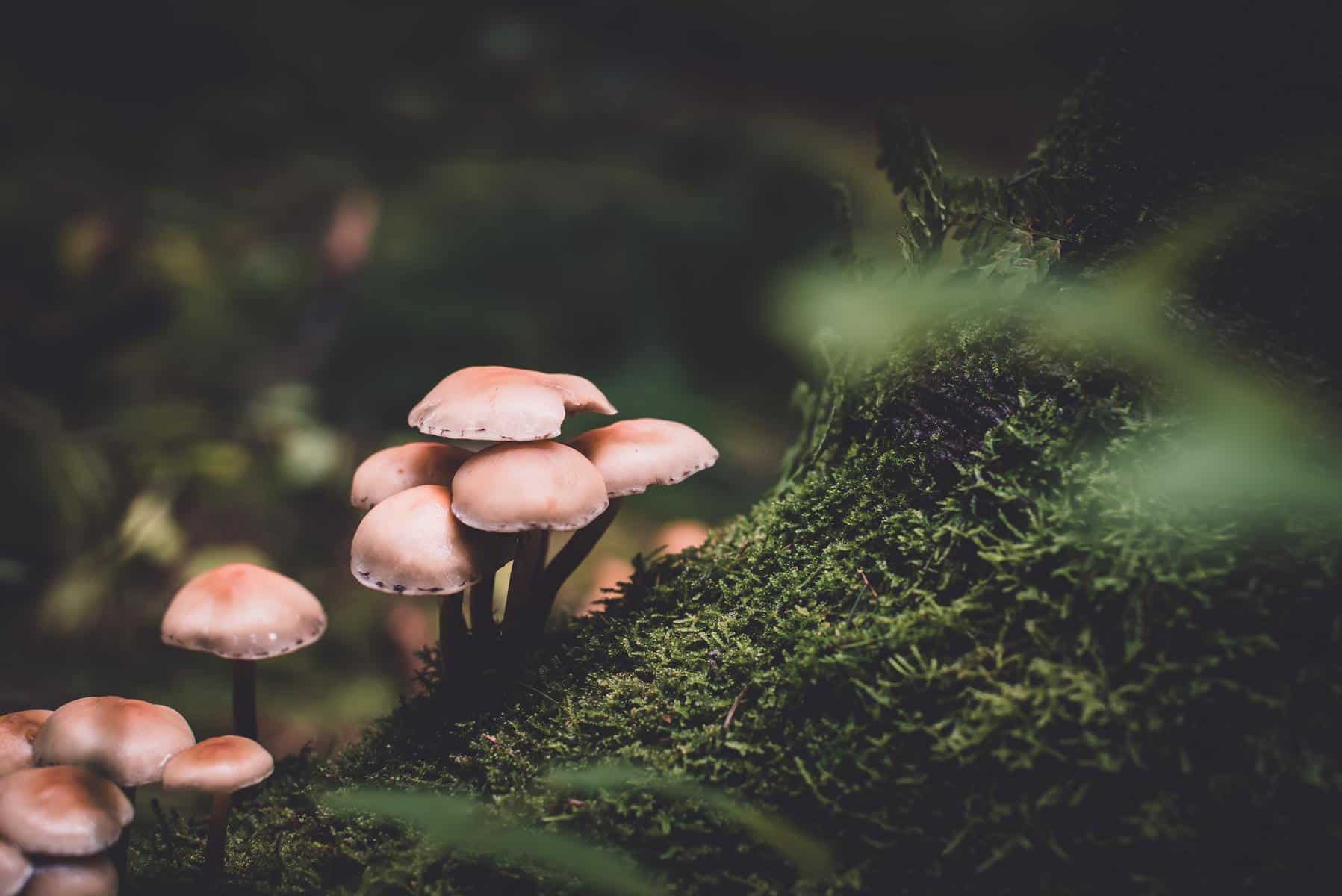
Mushrooms can grow by themselves, or to put it bluntly, ‘wild’. They need a certain amount of humidity and conditions that are conducive to their growth, and the inedible version doesn’t need much attention. They are easily recognizable by their while gills, so in case you see them while you’re in the woods hiking or walking, don’t pick them up and bring them home to cook. Unless you know the difference between edible or wild, it is best to purchase them.
But we’re not here to discuss the poisonous mushrooms, although it is a good idea to be able to differentiate them, just to be on the safe side.
Many cultures grow mushrooms and use them in different ways, and depending on climate and many other natural factors they can vary in types and variety from one country to another. In their most comforting environment, they can strive and multiply.
In the last few years mushroom farming has become quite popular. They can be grown in urban settings that are adjusted to simulate the real environment that mushrooms need for growth.
It was actually Dutch growers that developed effective methods of cultivation around the middle of the seventeenth century, and the rest of Europe and then the US followed suit. Before that they used to grow in the woods, or “wild”, and they were mostly used for medicinal purposes, not to eat.
Mushrooms Health Benefits
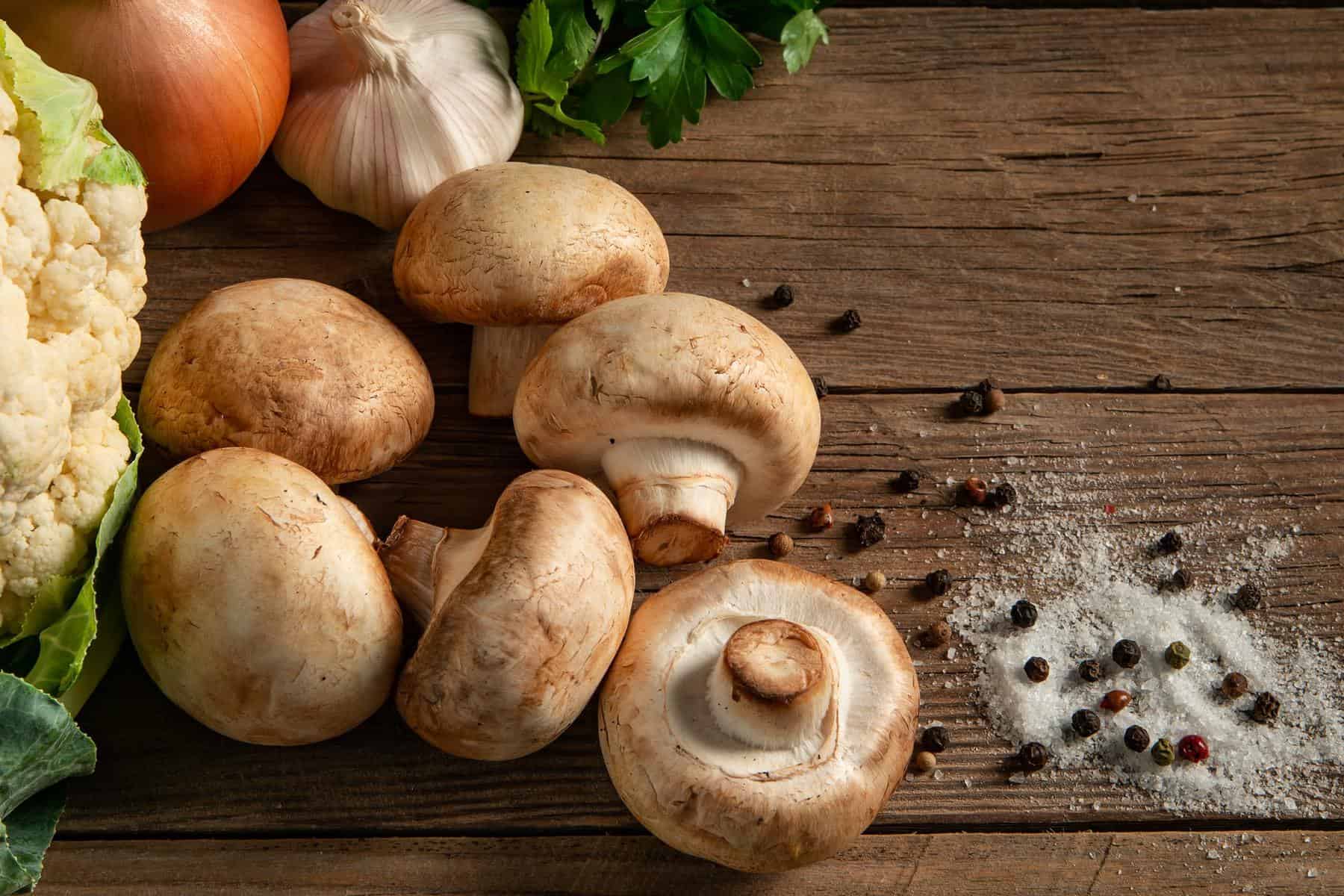
Mushrooms have multiple health benefits that are great for humans. They are full of antioxidants, minerals and vitamins. Some of the benefits that can be found in mushrooms will improve your health, and many cultures have been using them to cure certain ailments. Vitamins B2, B6, D, iron and manganese are just some of the vitamins that can be found in mushrooms. They are also high in fiber and protein but low in fat, and can be added to many dishes.
Some of their medicinal benefits are alleviating chronic pain and lowering your cholesterol. Some tests prove that mushrooms play a role in the treatment and prevention of some diseases.
Some fun facts about Mushrooms
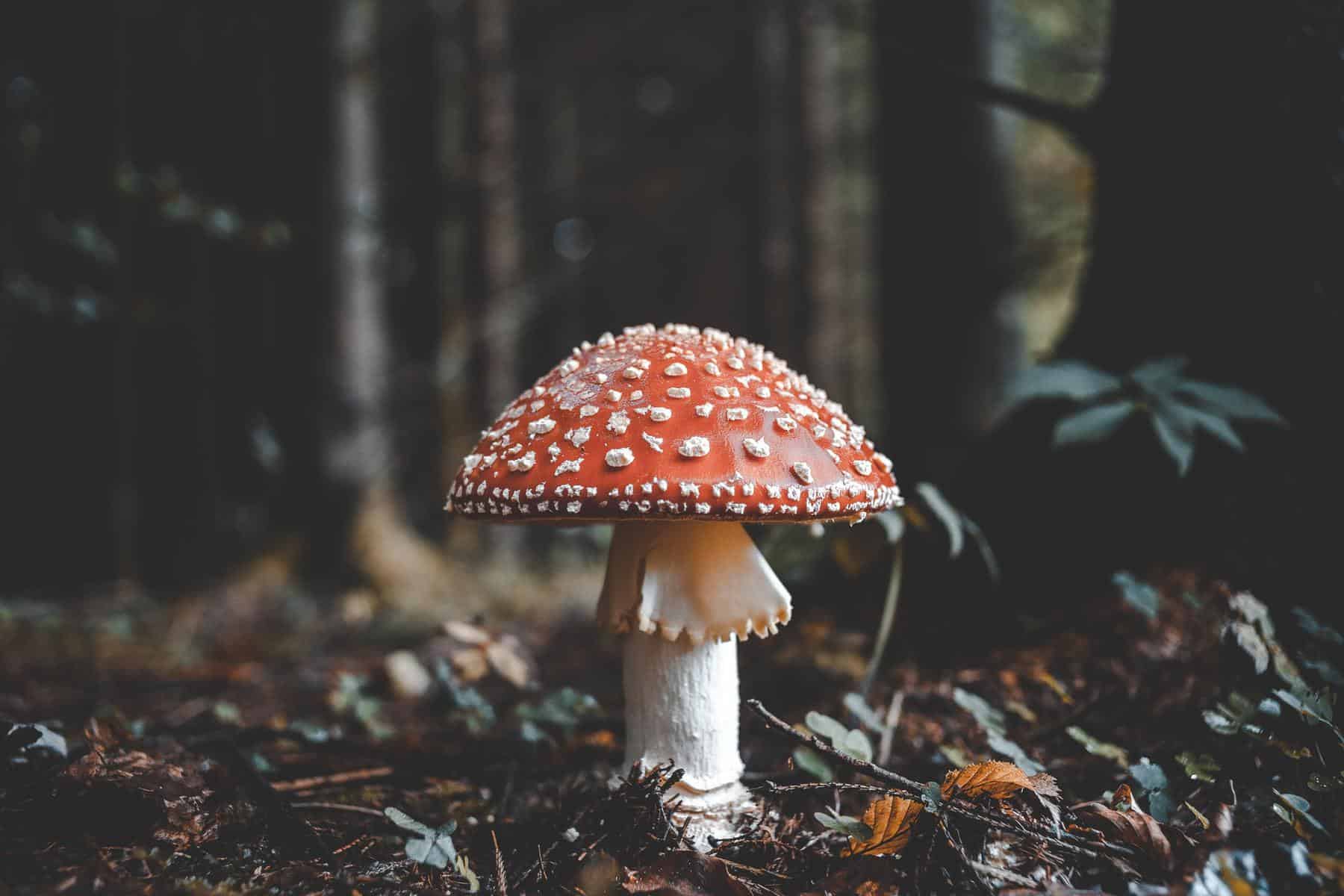
- Mushrooms can have different flavors, depending on where they were cultivated. Some of them taste fruity, nutty, a little spicy, or even woody. And some might have a somewhat pungent odor.
- They can be prepared in many different ways, such as baked, fried, grilled, sauteed or steamed, or you can even enjoy them raw.
- They are considered the ultimate organic food. That is mainly due because as fungi, they recycle all the nutrients of decaying matter. They strive and feed on trees, and on occasion even on insects.
- In some cultures mushrooms are known to be used in religious ceremonies because of their hallucinogenic properties.
- They are the most adaptable and easily available “vegetable’ out, and they even have some “meat-like “ properties.
- Some varieties of mushrooms are even considered an “aphrodisiac”.
Choosing the Best Mushrooms
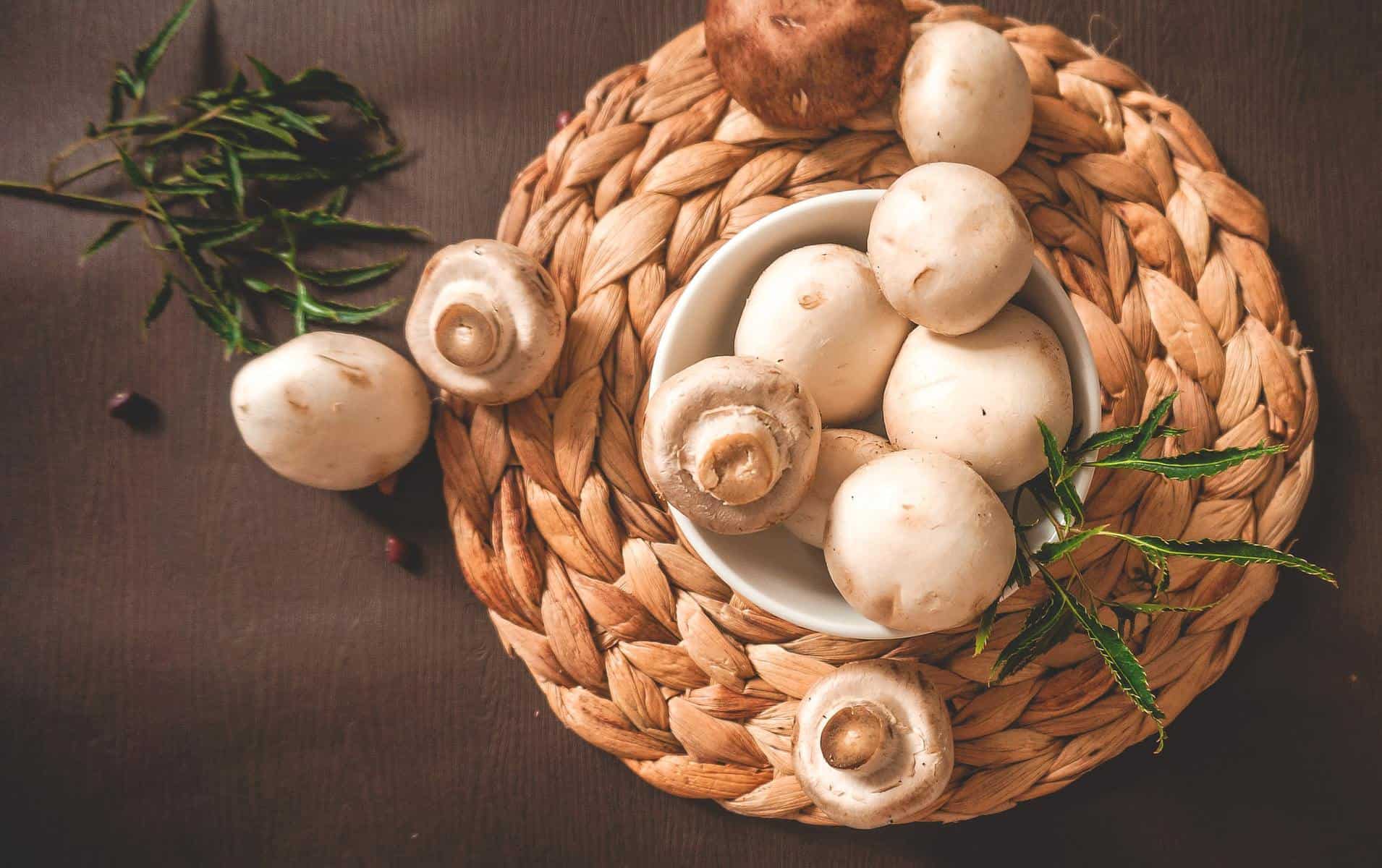
Honestly, if you haven’t studied mushrooms, how they are grown, and have a basic, if not a little more in-depth knowledge of mushrooms, you should just buy them from your local store or a farmer’s market.
It is also a good idea to consult with a specialist about how to prepare them in order to enhance their flavour, what ingredients they mix best with, in order to enjoy them to their full potential. If you just go buy a pound of whatever mushroom is available at the grocery store and don’t really know how to prepare them, you are missing out on a real treat.
We prepared a list of the 14 most expensive mushrooms in the world. The reason some of them are so incredibly expensive is because they can only be cultivated in certain parts of the world, under very specific conditions. You will see what makes them so rare, even considered exotic as you read on.
14. Portobello
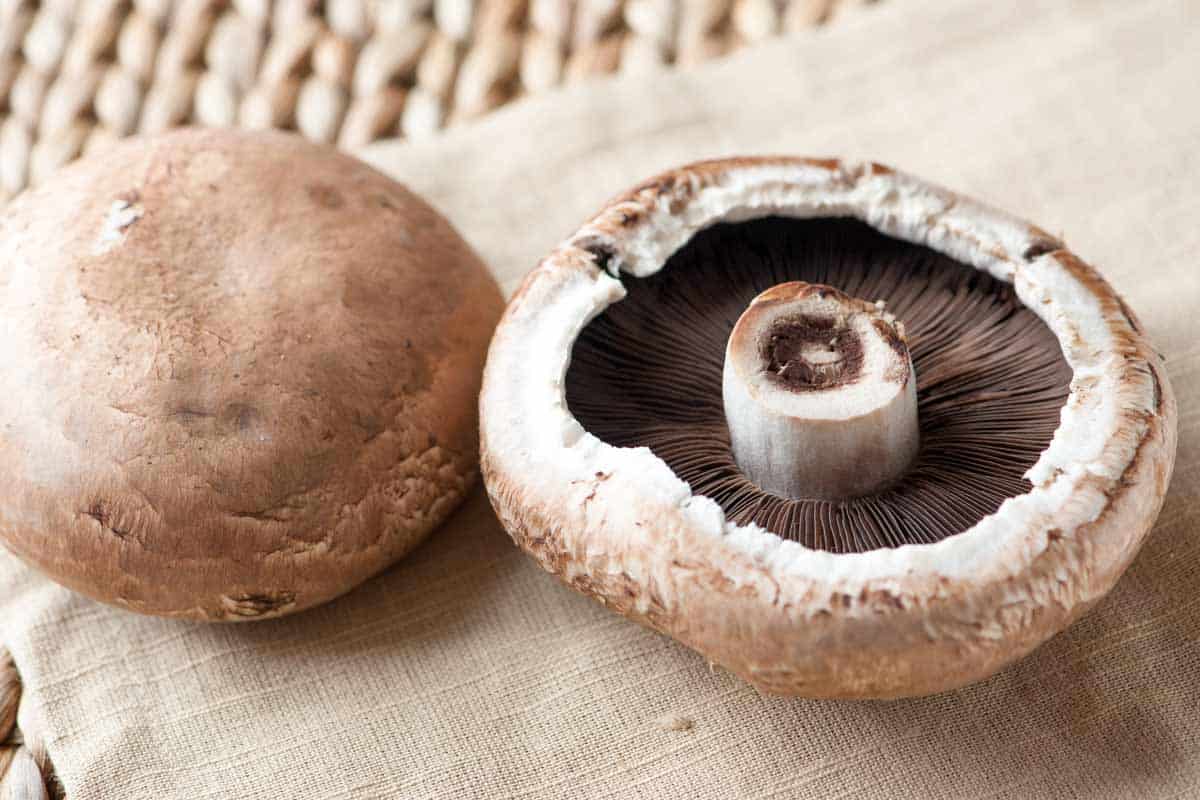
We start off this list with the more reasonable and quite accessible mushroom that most of you heard of. Their scientific name is “agaricus bisporus’, and they are from the same family as the white button mushroom that you see everywhere.
They are more mature than the button or the cremini versions, which are from the same family, but they are cultivated until they are fully grown. Their color is brown, and their cap is about 5 cm in depth and has a meaty texture.
13. Kalahari Truffles
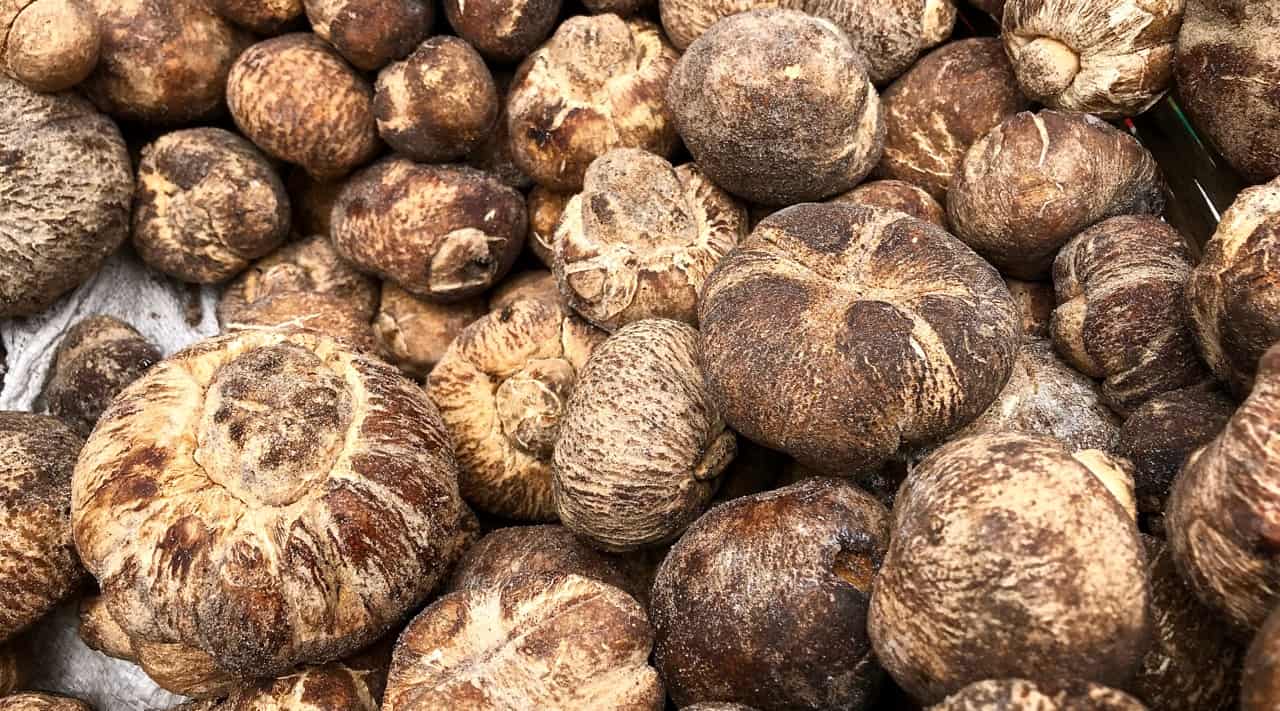
These truffles are grown in the Kalahari Desert in Namibia. To locals, they are considered African Potatoes, because they grow in the ground. They are the cheapest of the truffle family, but they do possess some great qualities.
They are light brown in color, and a milder scent and taste than its white or black cousins. They can be eaten even raw, but you can boil them, season them, and enjoy them as a side dish or on their own.
12. Oyster Mushrooms
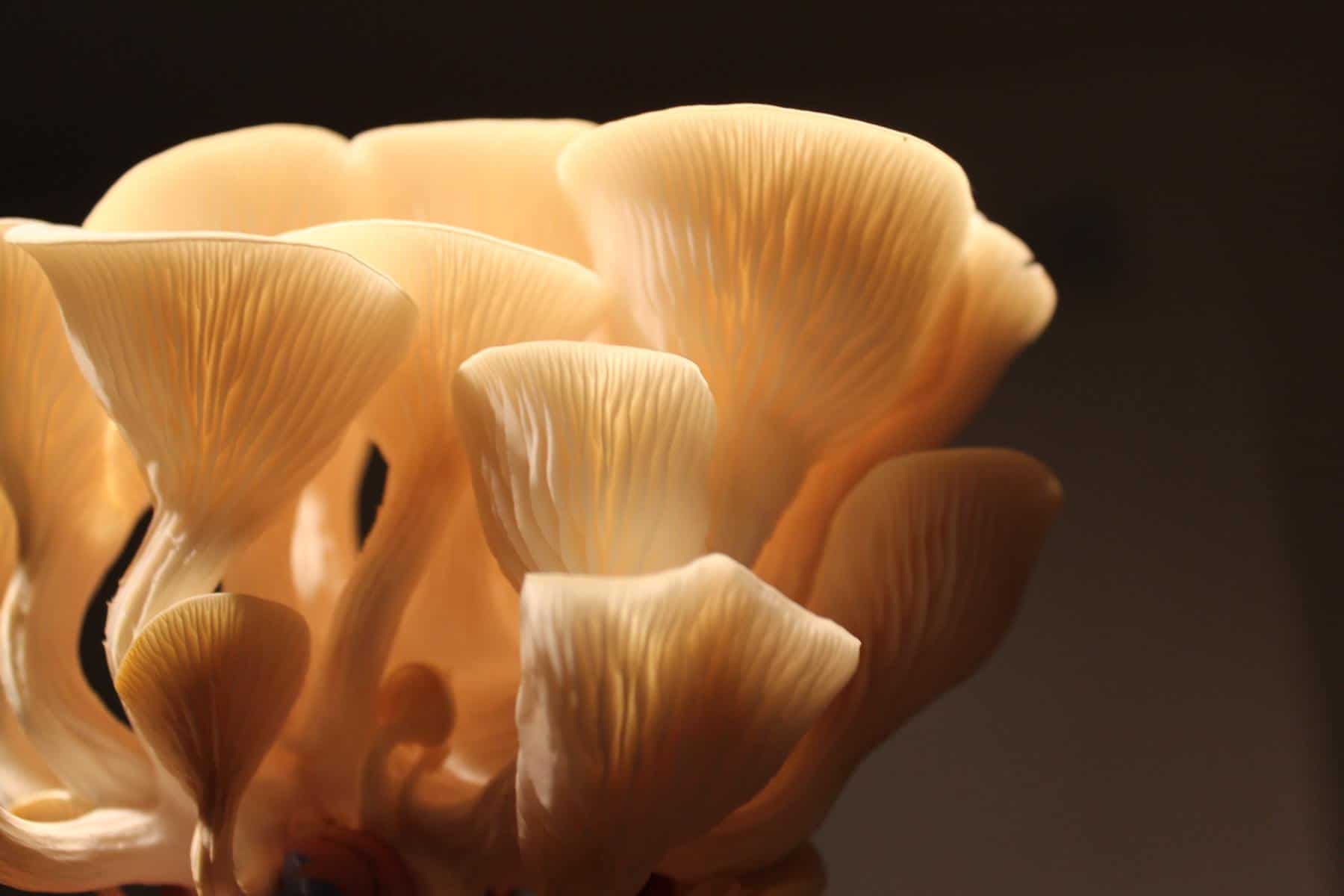
Another name for the oyster mushroom is Abalone. They are fairly large in size, and usually a light grey or white color. They are sometimes found in blue, elm, gold or even pink, but it is quite rare. Best used right after harvesting, they are widely used by many chefs for various dishes.
They are some of the easiest to cultivate, and they can be easily dried if not used immediately. You can even get a kit and grow them yourself, that’s just how easy it is to harvest them.
11. Shiitake
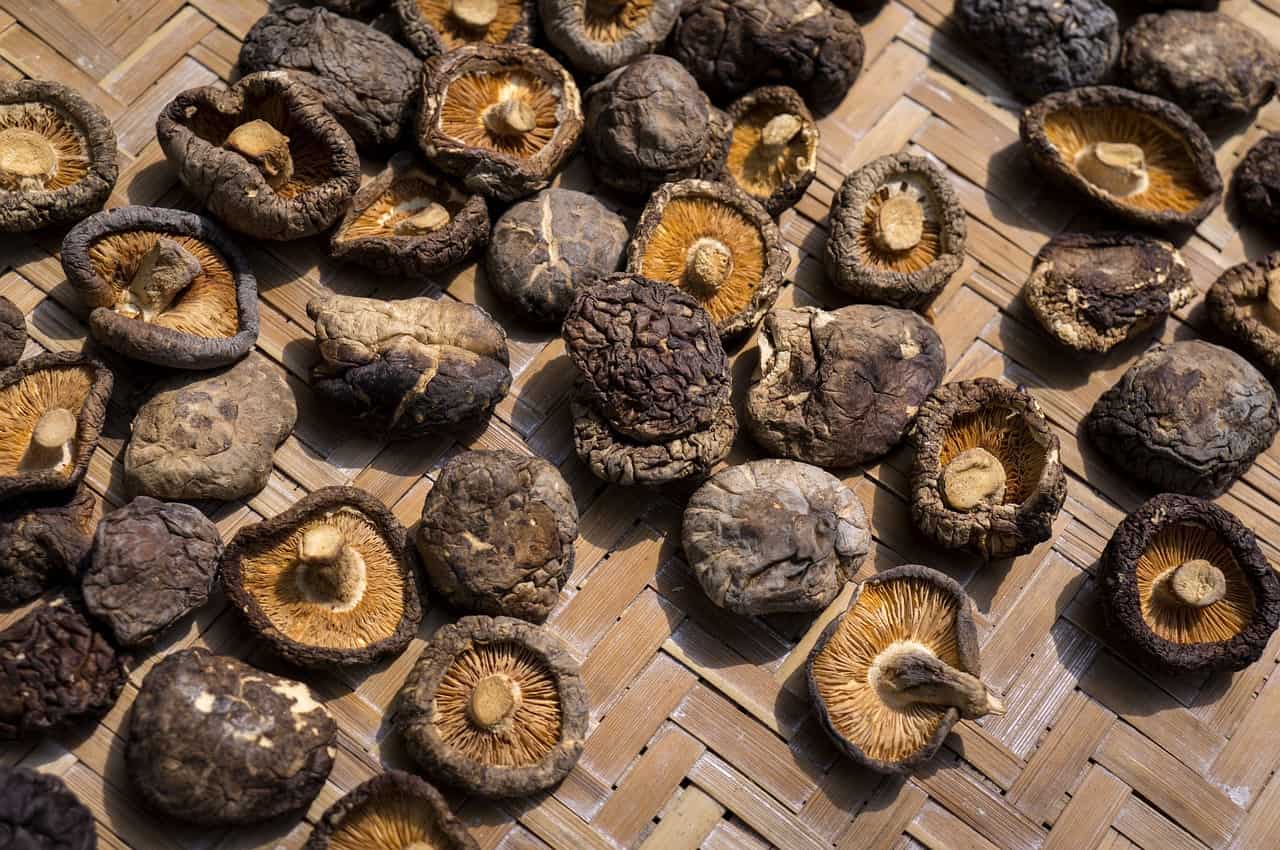
They are the most popular mushroom originating from East Asia, China and Japan to be more precise. They have quite a few varieties, but the most common ones are brown or tan in color, and the caps vary from two to four inches in size.
They are widely used both fresh or dried, and their meaty texture and pleasing flavor makes them popular throughout the world. Known for their anti-inflammatory and anti-cancerogenic properties, they are considered a medicinal mushroom.
10. Lion’s Mane
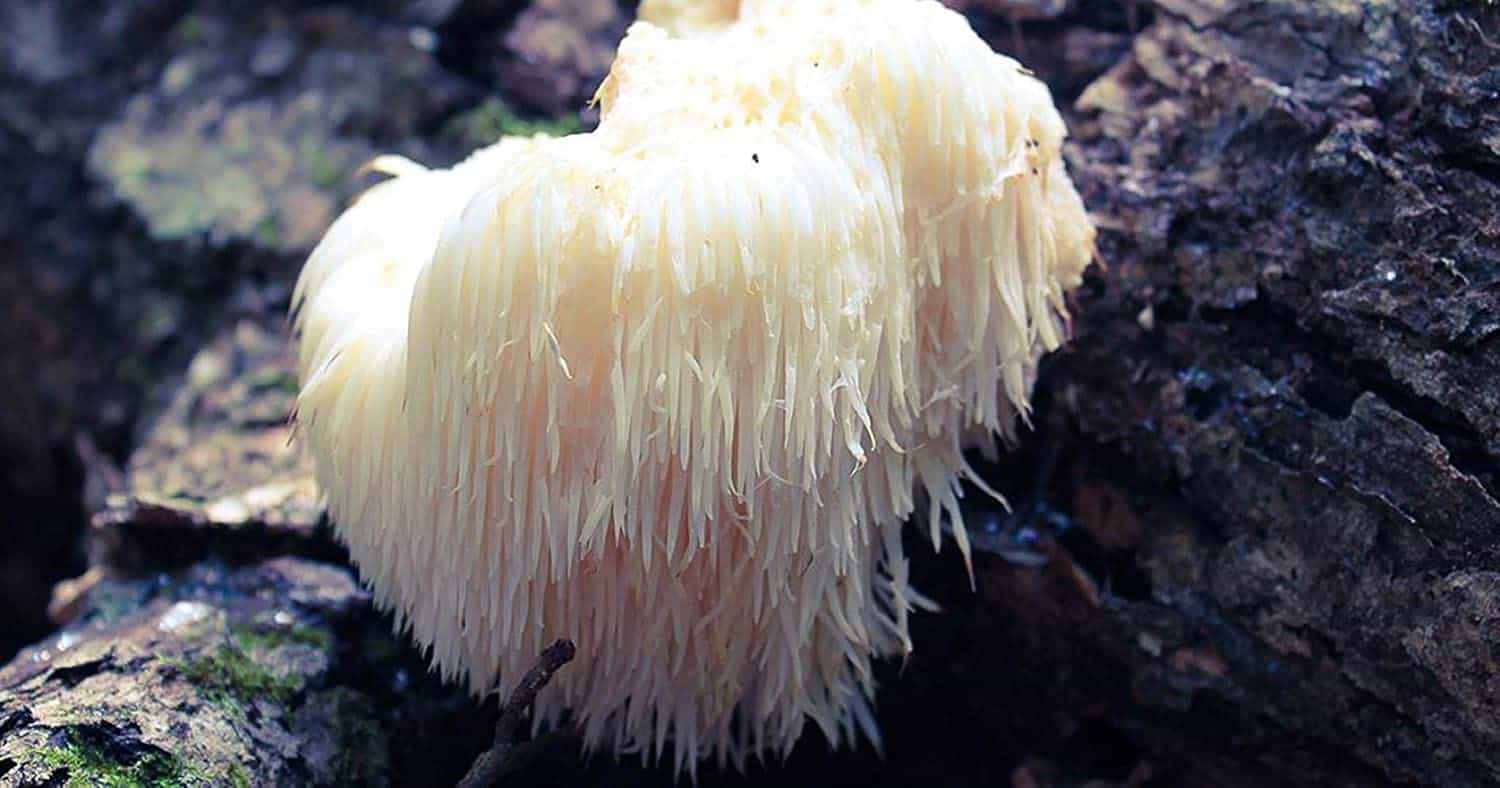
Another weird denomination for this strange looking mushroom is the “bearded Tooth Mushroom”, or ‘Hericium Erinaceum”. When you look at it, it does actually look like a lion’s mane, and it doesn’t have a cap or a stem like most mushrooms do.
Its medicinal qualities are what were first discovered before they were identified as edible. They possess a high amount of antioxidants, and there are studies being done for possible regeneration of nerve tissues. As far as taste and texture are concerned, they are similar to crab or lobster.
9. Porcini
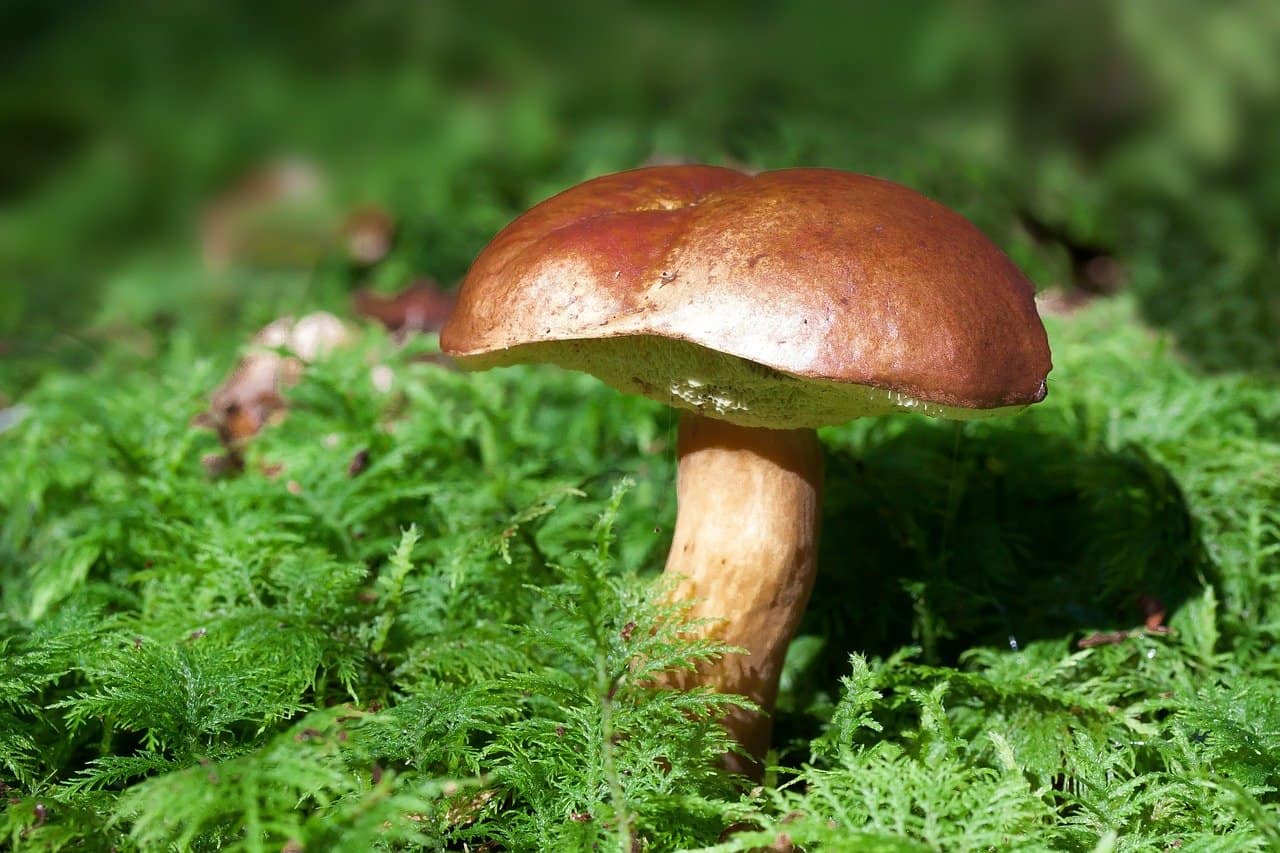
This more difficult to cultivate mushroom has a variety of names. In Italian, it is translated to “little piglets”, or their scientific name “Boletus Edulis” is also called “King Bolete”. They can grow in hardwood forests, and their oversized caps and sturdy stems make them look heavy.
Their distinctive nutty flavor is very well appreciated, and they are usually grown in Italy. Many chefs enjoy cooking with them and inventing new decadent dishes.
8. Enoki
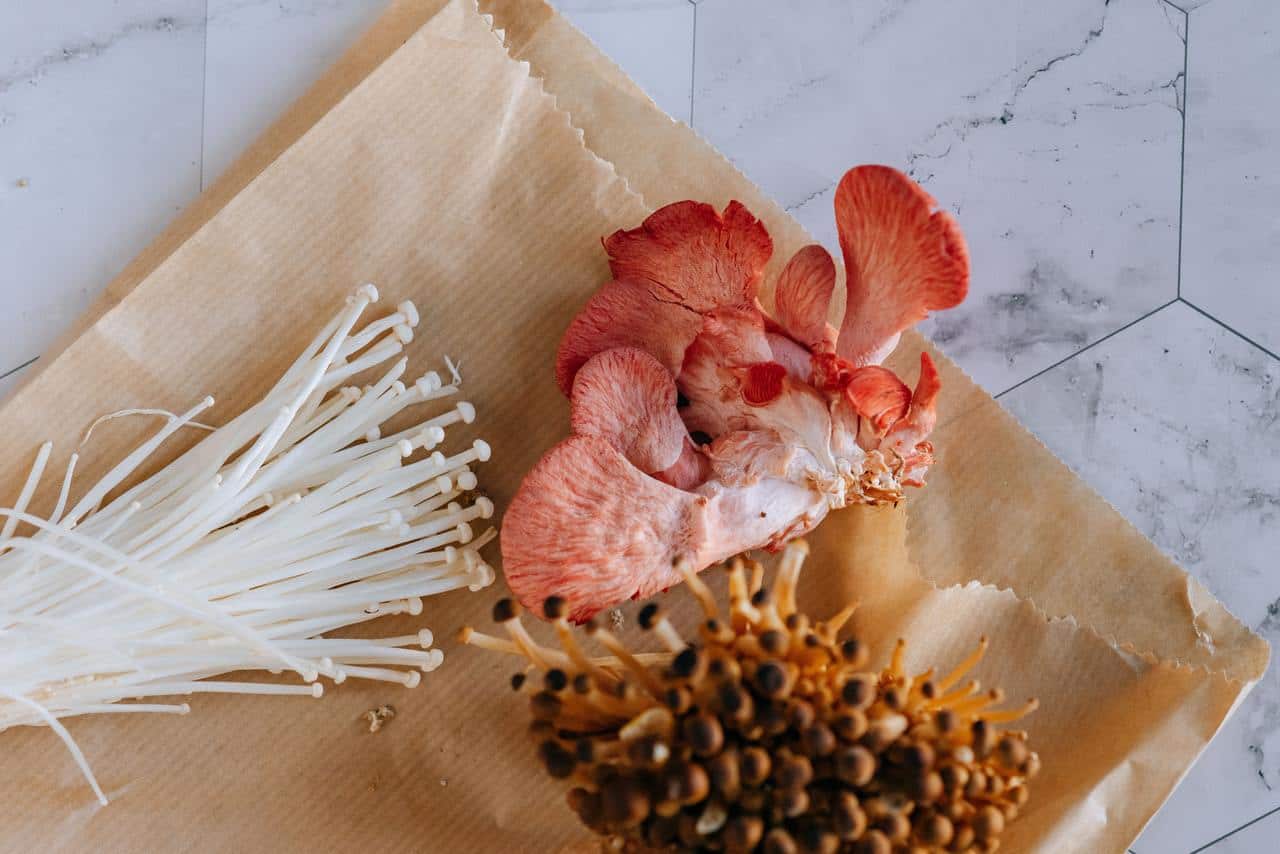
Enoki are characterised by long stems and tiny caps, and they resemble mini cauliflowers. Their taste is unexpectedly fresh, reminding you of white grapes and radishes. They are high in niacin and folate content, among other nutritional vitamins and minerals, and their anti-inflammatory benefits are great for your immunity.
They are widely used in Japan in soups or stir-fried, and even after cooking they retain a crunchy texture, something that many people love.
7. Wild Guchchi
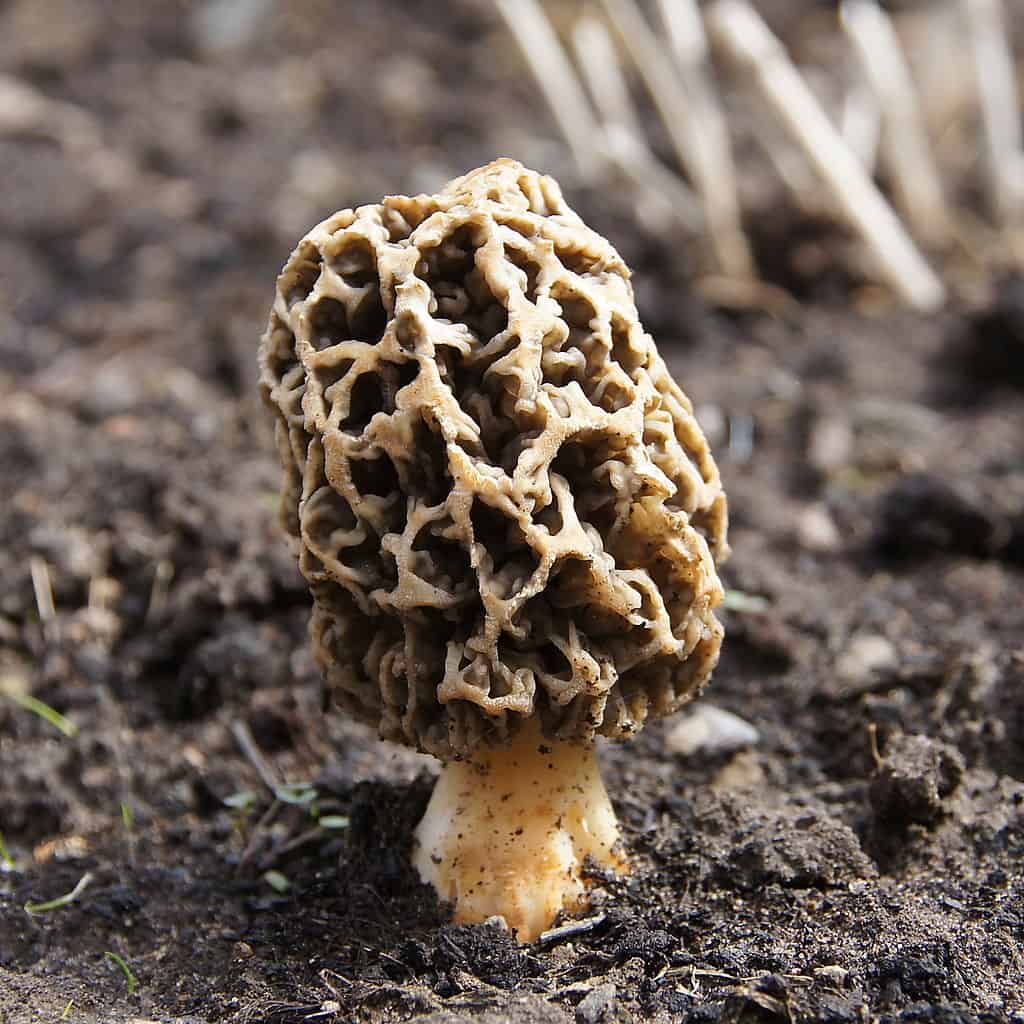
These mushrooms cannot be cultivated artificially, that is one of the reasons they are so expensive. Grown in the wild in the foothills of the snowy Himalayan mountains, they are hand picked between the months of March and May, after which they are sent off to dry off before being sold.
Since they are very much in demand their price is so high, but their spongy texture and unique musky flavor is also responsible for the price tag. Unlike other mushrooms, they do not necessarily grow back in the same spot the following year, which makes them pretty unpredictable.
6. Chanterelles
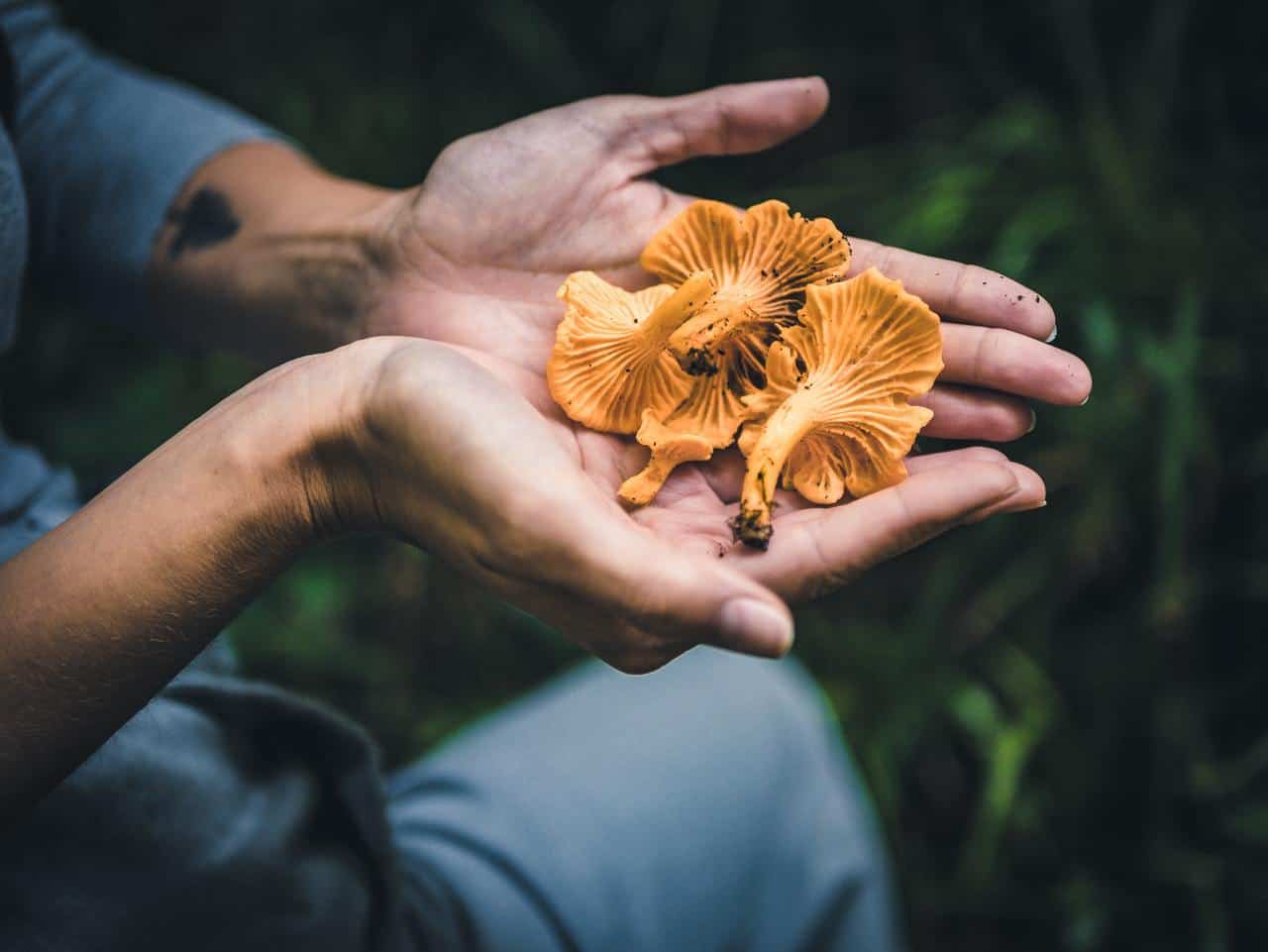
These well-known and popular mushrooms grow in Europe, generally in clusters that can be found in coniferous forests, in the grass, after a good rainfall. Spring is when you will find them in abundance, and by fall they will completely disappear.
They are similar in shape to the oyster mushroom, and they come in white, orange and yellow varieties, but the most preferred one is golden in color. They have a fruity and light scent, and are a bit spicy on the palate.
5. Morels
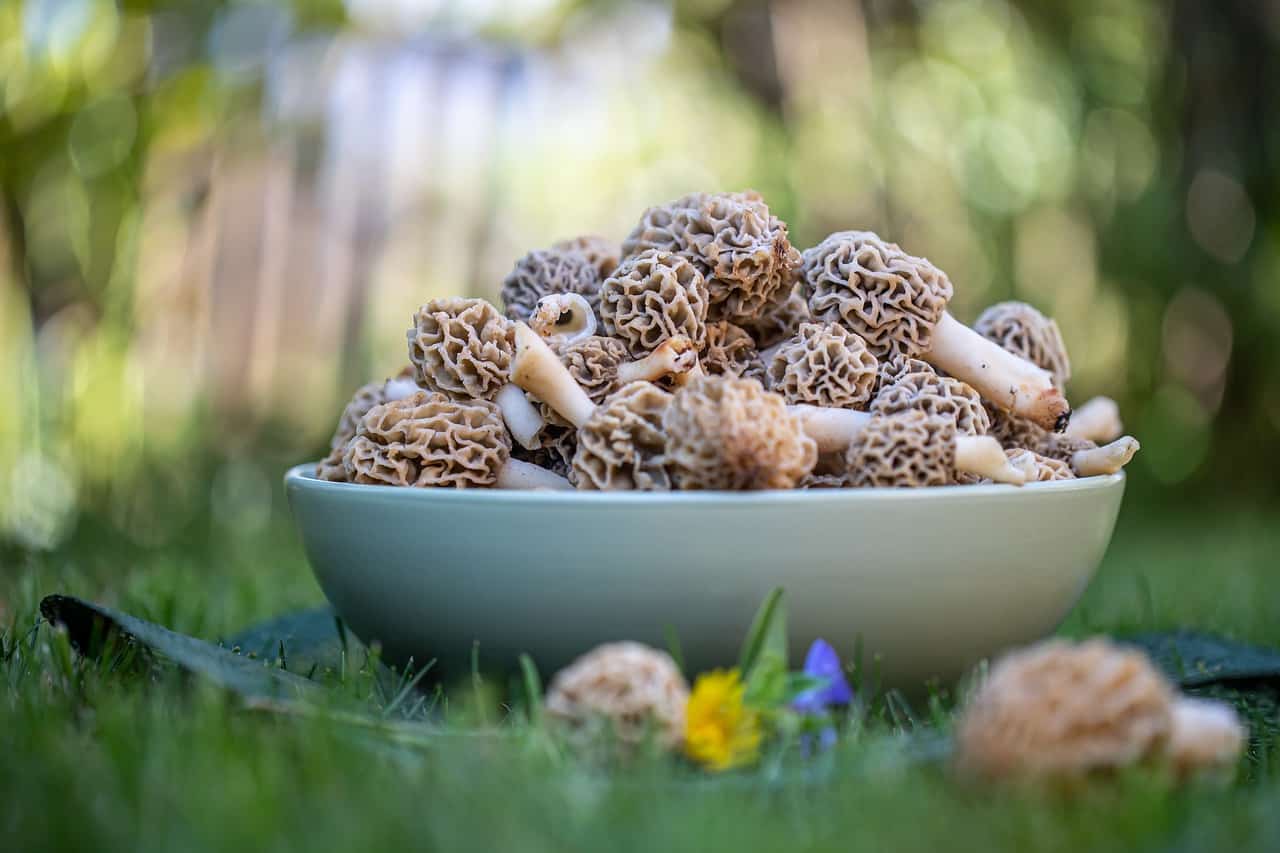
Considered by many a delicacy, the morels are hard to grow artificially because of their special symbiotic relationship with trees, and they tend to grow back in the same place year after year. Hand-picked in the wild, this seasonal mushroom is available for a short time in spring and it is so popular, mushroom foragers tend to be very secretive about where they are available.
They are pricier dried than fresh, and their nutty flavor is similar to that of the Shiitake, but a little more intense.
4. Black Truffles
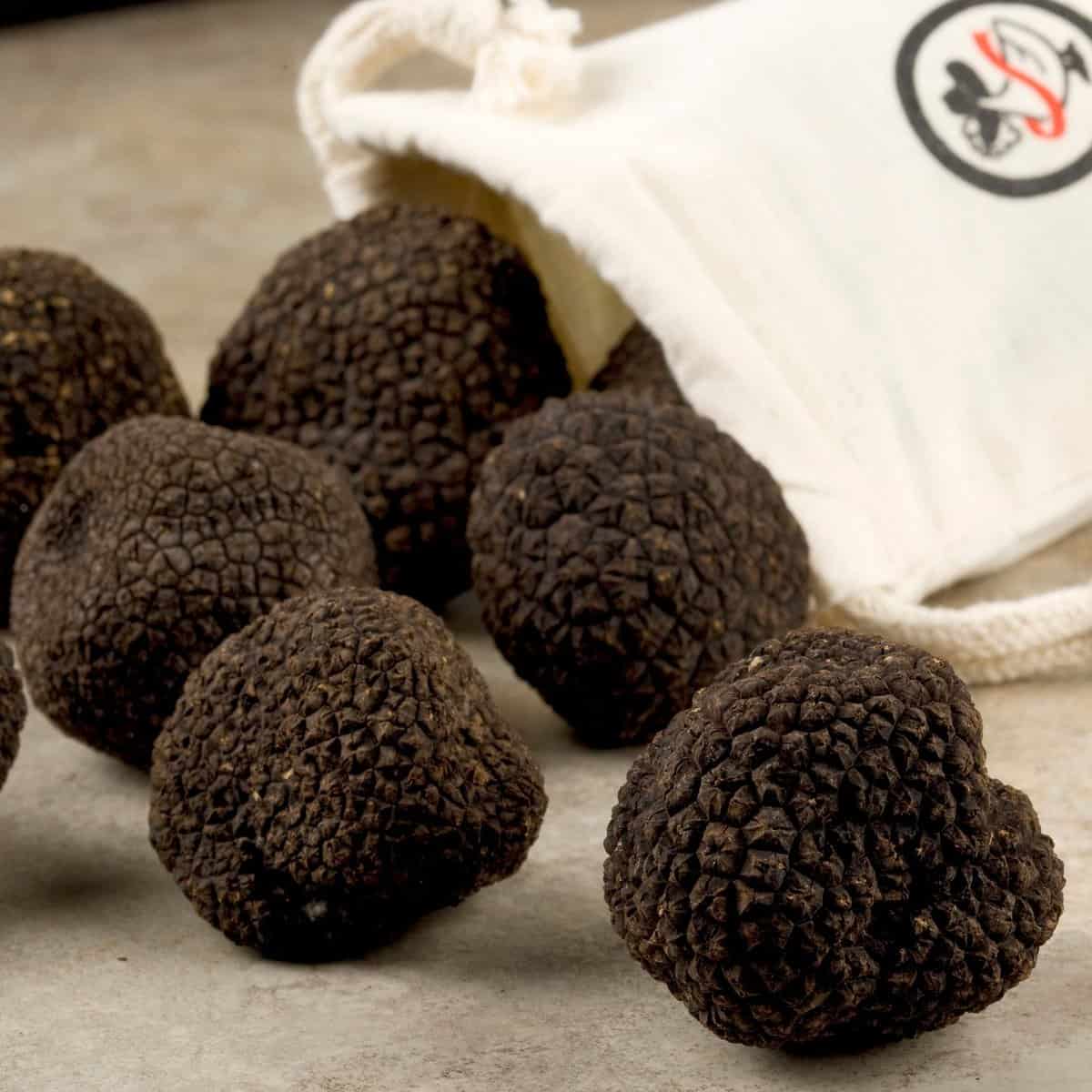
Very highly prized in Europe, the market for harvesting black truffles is challenging, to say the least, and there still exists a “Black Market” for this widely sought after truffle. A primarily European product, trained dogs are used to scour them, the old fashioned way.
Tuber Melanosporum, or the French Black Perigord, is very popular with gourmet chefs and because of shipping delays and increased demand, some cultivation began in the US and Australia, as well as Croatia and Slovenia, where the market is really hot right now.
3. Matsutake
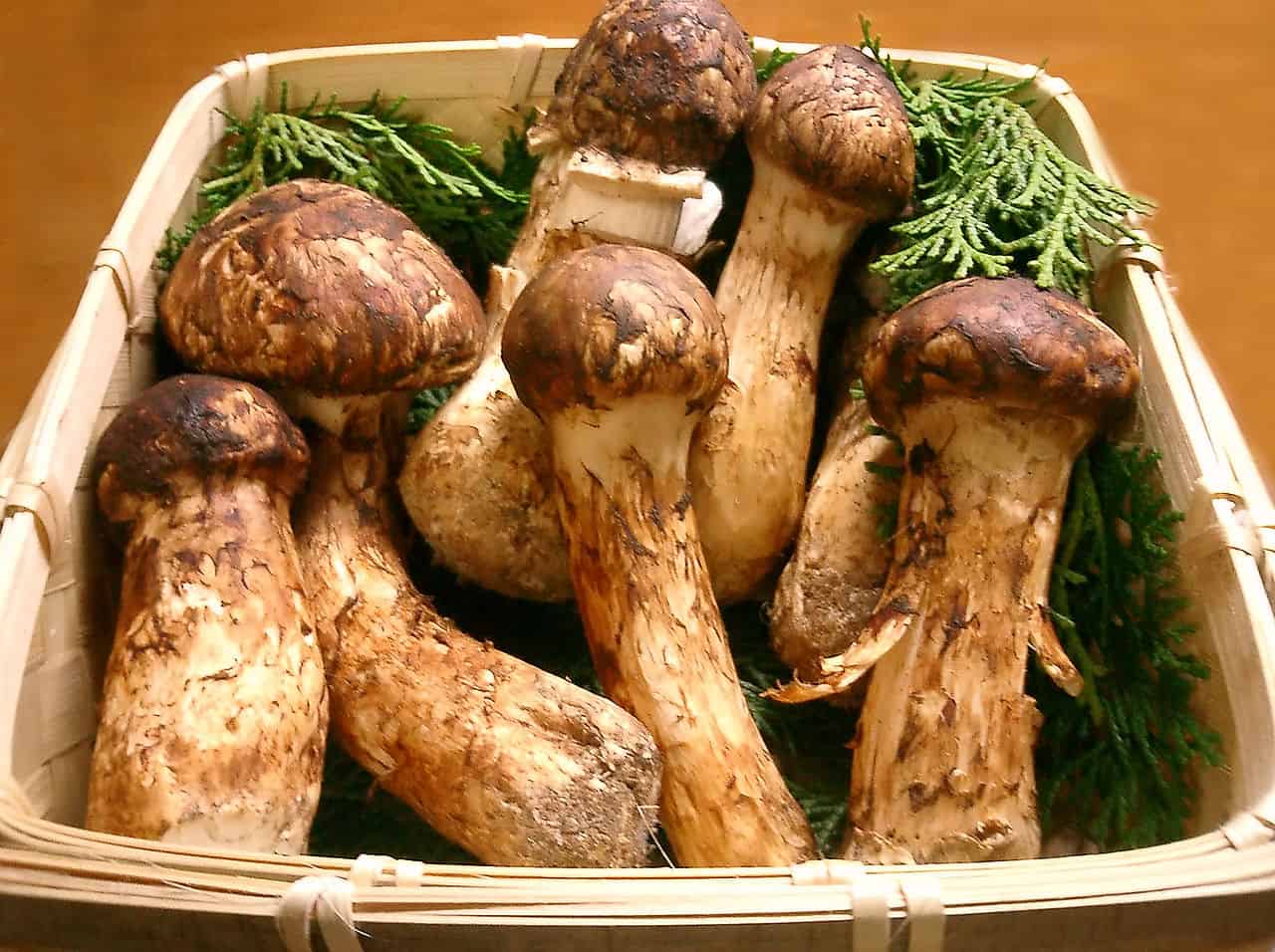
Associated with the beginning of fall, this mushroom looks very recognisable with its well-formed cap and short stem. The third most expensive mushroom in the world, the Matsutake grows near Kyoto, in theTamba region of Japan, under red pine trees.
They are considered an endangered species right now, because the trees they need for growing are becoming scarce, and artificially cultivating them has proven unsuccessful. So enjoy them while they’re still around!
2. European White Truffle
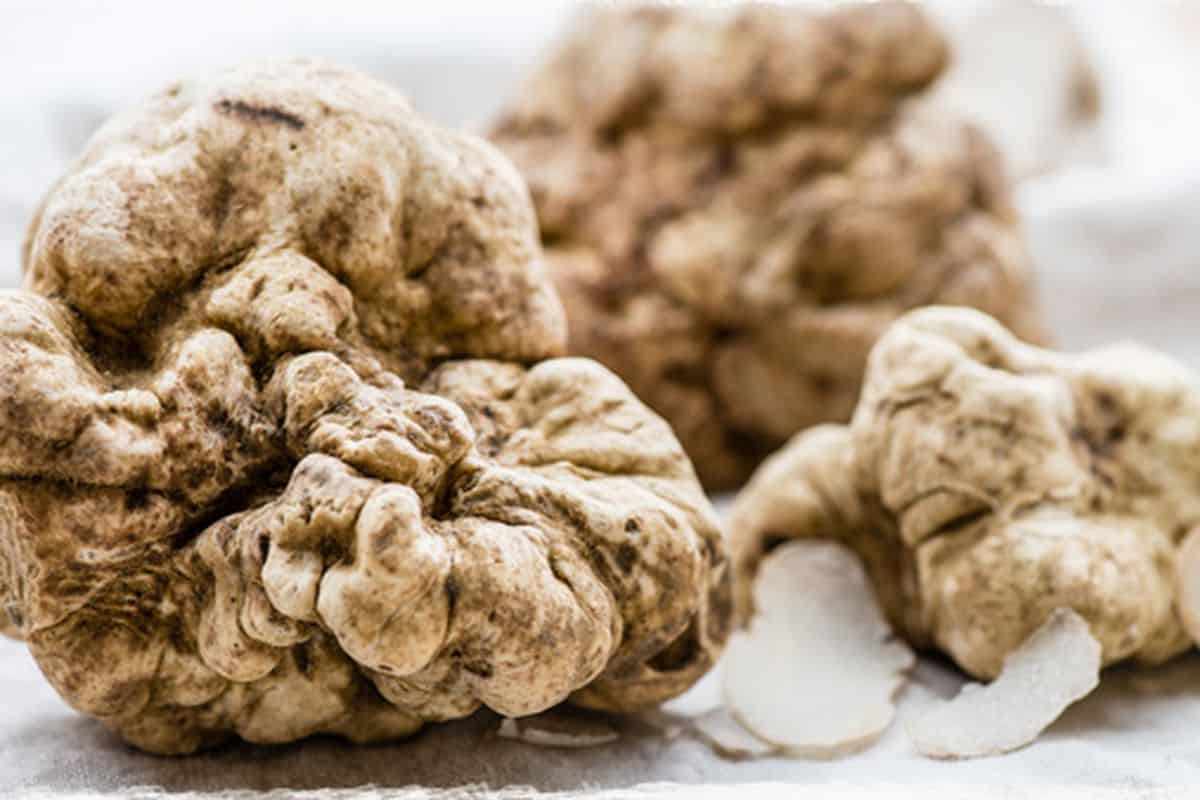
This is one of the most stubborn forms of fungi to harvest in the world, which sort of justifies its price. They grow underground in Europe, commonly under oak trees, and the best time for picking them is October and November. They are highly prized in Europe and are considered a delicacy.
It is also believed that they possess aphrodisiac properties, which makes them so sought after. TheTuber Magnatum Pico, or the Italian White Alba is the most expensive famous mushroom in the world because of its high demand and unfortunately very short supply.
1. Yartsa Gunbu
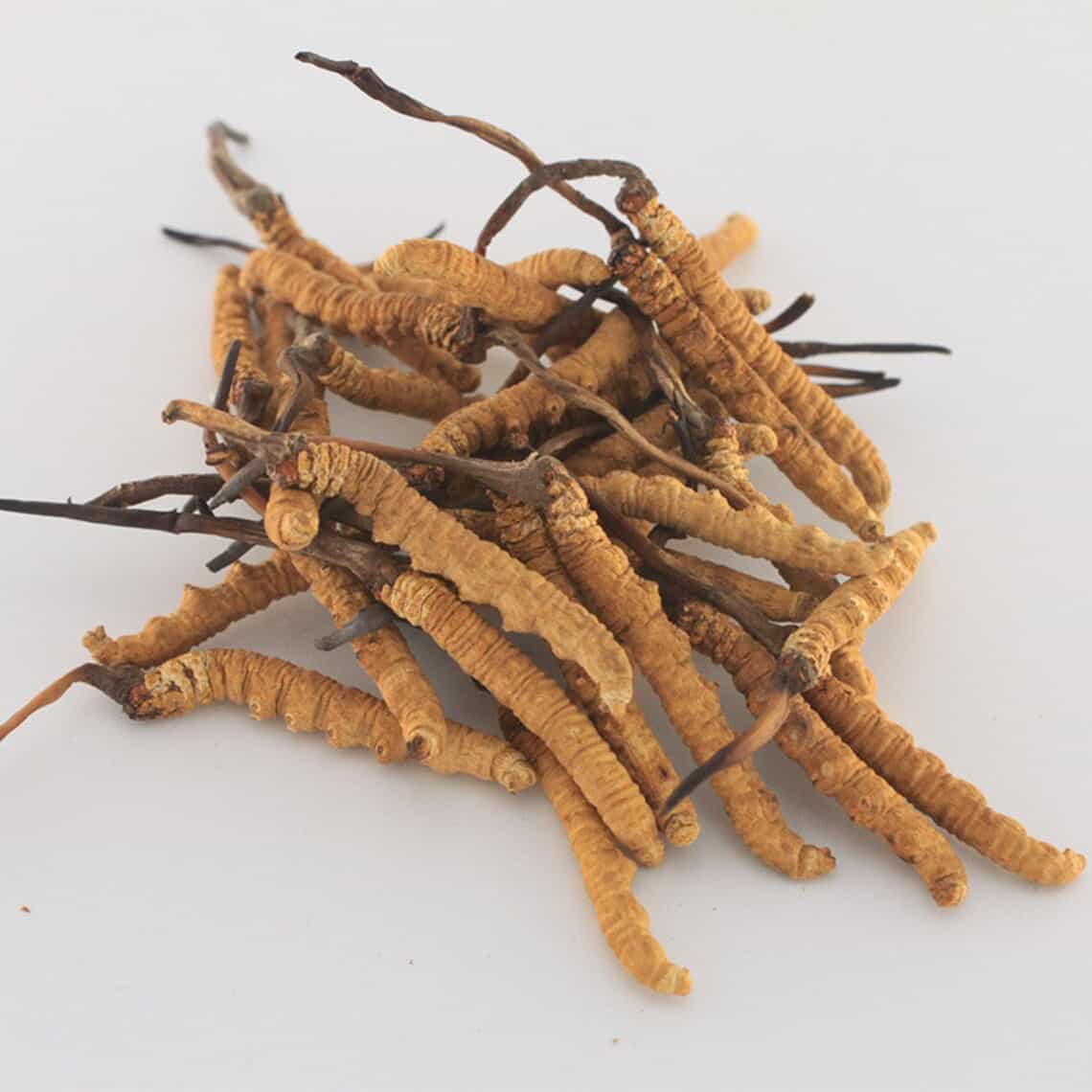
To sum up our list, we need to introduce you to the most expensive mushroom in the world. The “Viagra” of the Himalayas, this deadly parasitic fungus is a yellow-grey mushroom that looks like a caterpillar. It grows at 3000 to 5000 meters in altitude, and it is considered a symbol of status if you can afford to buy it.
Historically, kings and emperors used those mushrooms to treat diseases, and in China they are widely used in soups and chicken dishes. Its nutritional contents and health benefits are what makes this mushroom so in demand, which justifies its hefty price tag.
We hope we convinced you to at least consider trying mushrooms in the near future if you haven’t already done so. There are many varieties to try, and you can start off with what feels more comfortable to you. But you can surely at least enjoy some of the nutritional benefits if the taste is not that appealing to you.
Contents
- How are mushrooms grown
- Mushrooms Health Benefits
- Some fun facts about Mushrooms
- Choosing the Best Mushrooms
- 14. Portobello
- 13. Kalahari Truffles
- 12. Oyster Mushrooms
- 11. Shiitake
- 10. Lion’s Mane
- 9. Porcini
- 8. Enoki
- 7. Wild Guchchi
- 6. Chanterelles
- 5. Morels
- 4. Black Truffles
- 3. Matsutake
- 2. European White Truffle
- 1. Yartsa Gunbu

